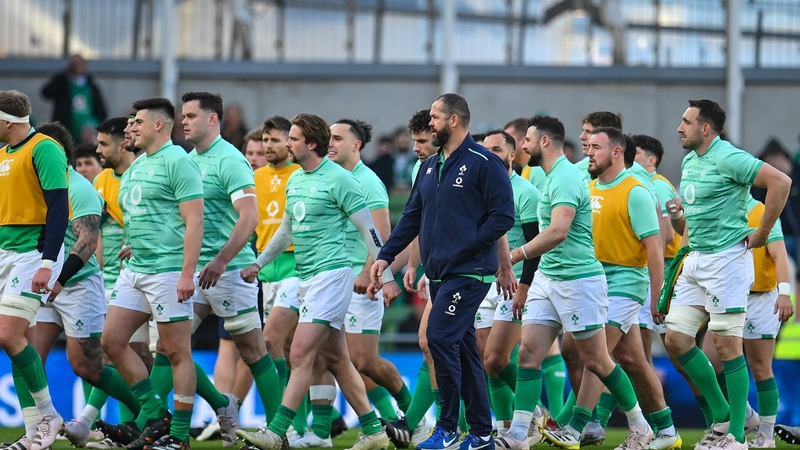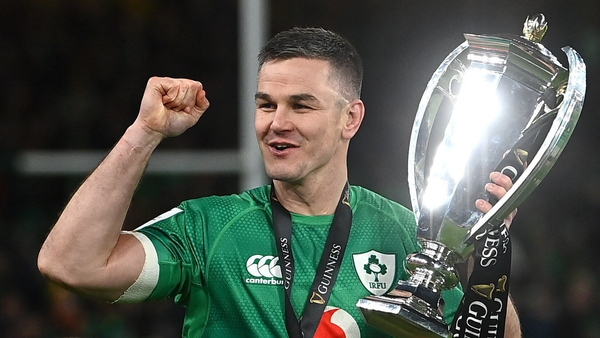It may still be a little under three months away, but for Ireland the preparation for the Rugby World Cup has officially begun.
Andy Farrell's side will open their Pool B campaign against Romania in Bordeaux In 81 days, on Saturday 9 September, but the Six Nations Grand Slam winners are already into camp.
Three weeks ago, Munster's players were parading the BKT United Rugby Championship trophy around a sun-drenched Thomond Park, and while many of the province's players still have a few more weeks of rest, nine of their squad are already back on the pitch as attention turns towards the World Cup.
A group of 42 players gathered at the Sport Ireland campus in Dublin on Monday where Farrell, Paul O'Connell, Simon Easterby, Mike Catt and John Fogarty laid out their plan for how Ireland can break their glass ceiling at the tournament in which they've never advanced beyond the quarter-finals.
The summer training programme will be punctuated by some downtime leading up to the opening warm-up game against Italy at the Aviva Stadium on Saturday, 5 August, while the squad will then depart for a camp at the Quinta do Lago resort in Portugal, where they have visited on several occasions in the last four years.
Their second pre-World Cup friendly, against England on 19 August, will be their home send-off, before one final outing against Samoa in Bayonne a week later on 26 August, which will be the final chance for players to impress.
Along the way, Farrell is expected to prune his 42-strong group, but the final World Cup squad of 33 players is to be confirmed a few days after that game in France.
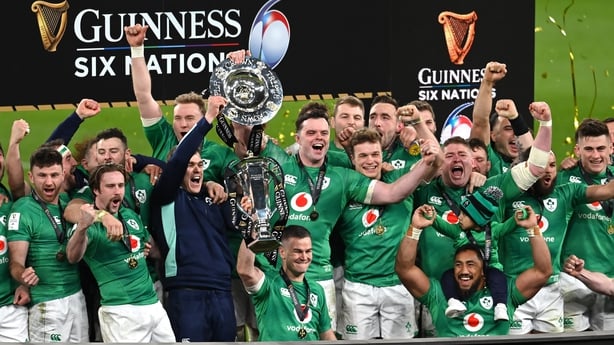
The performances last summer in New Zealand and the Six Nations Grand Slam success would leave around 23 players guaranteed their places in the final squad barring injury, while another five or six players should have enough credit in the bank to make their current status more probable than possible.
It leaves roughly 13 or 14 players - four of whom are uncapped - vying for around four of five spots up for grabs, an illustration of the fine tight calls that will have to be made over the next couple of months.
There's only a minor amount of wiggle room that Farrell and the coaching staff have to work with, however the increase in squad sides from 31 to 33 since the 2019 tournament in Japan offers some clarity to certain positions.
In 2019, Joe Schmidt brought eight front-row forwards along as part of his final squad, including three hookers and five props: Andrew Porter and John Ryan were the versatile options at both sides of the scrum. With two extra places in his squad this time, Farrell could be tempted to use one in the front row, allowing him bring three specialist hookers, looseheads and tightheads each. Should that happen, all six of the props in the current training squad would likely make it, barring injury.
You'll see those two words a lot over the next couple of months: barring injury. In a World Cup year, every prediction, every selection, and every narrative is footnoted with the caveat. In 2019, it was Joey Carbery's ankle injury in the opening friendly with Italy that cast a shadow over Ireland’s tournament. The Munster out-half stayed in the squad and travelled to the tournament in Japan and played in three of Ireland’s games, but further surgery on that ankle injury in 2020 proved the issue had clearly been hampering his performances. Having been part of that Ireland coaching staff in 2019, Farrell may be a bit more ruthless with his selections.
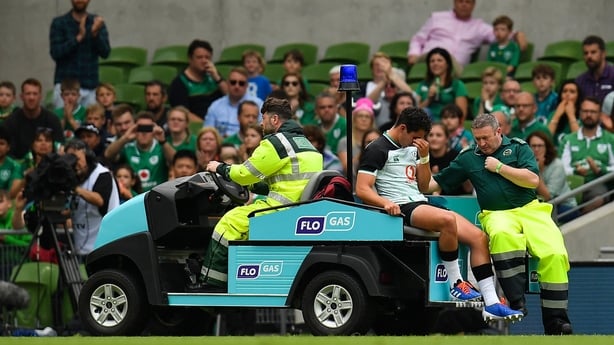
Avoiding the injuries will obviously be even more important than managing the injuries that occur. We will watch with interest whether the flurry of soft-tissue injuries that befell Irish players during the opening weeks of the Six Nations continue over their summer training camp. Back in February, Tadhg Furlong had a setback with his long-running calf issue before the opener against Wales, while Jamison Gibson-Park and Cian Healy were both ruled out on the day of the game having suffered hamstring injuries.
Add to that, the hamstring injury which saw Dan Sheehan miss the second game against France and the calf issue that took Garry Ringrose out of Round 3 against Italy. Contact injuries are par for the course in rugby, and Ireland had their fair share during the Six Nations, but it was the run of soft-tissue injuries that led to concerns around the squad’s workload.
Johnny Sexton’s (below) availability will also become clear as the weeks progress. While the groin injury which ended his season in March isn’t expected to present an issue over the pre-season campaign, the reported communication he received from the EPCR following the Heineken Champions Cup final last month is still clouding preparations.
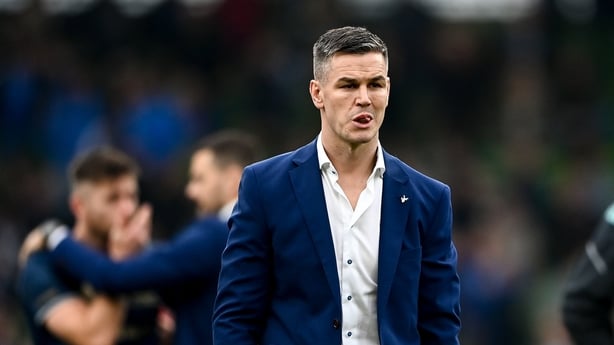
Leinster are believed to have received a misconduct letter from the tournament organisers in recent weeks after Sexton approached South African referee Jaco Peyper, as well as English assistants Karl Dickson and Christophe Ridley following the province’s Champions Cup final loss to La Rochelle four weeks ago.
The out-half could face a ban if found guilty of misconduct, and while RTÉ analyst Bernard Jackman last week predicted any suspension wouldn’t seep into the tournament, the lack of clarity around the situation is far from ideal.
While the URC and Premiership have been wrapped up for several weeks, Farrell and co have been able to keep an eye on the competition this month, with France’s Top14 finally wrapping up last Saturday when Toulouse edged out La Rochelle in a pulsating final at the Stade de France, while a host of All Blacks – and a potential Irish wildcard, John Ryan – will be battling it out in the Super Rugby decider this weekend when the Crusaders face the Chiefs.
Throw in the abridged Rugby Championship which kicks off in early July, and we’ll get to see how Ireland’s Pool B opponents South Africa are shaping up.
After that, Ireland’s opener in Bordeaux won’t be long coming round.
